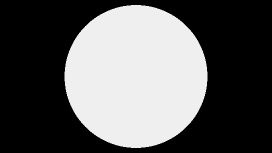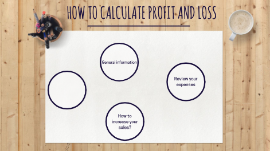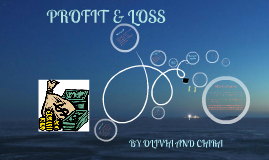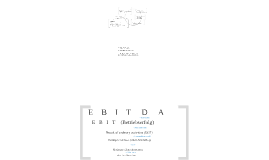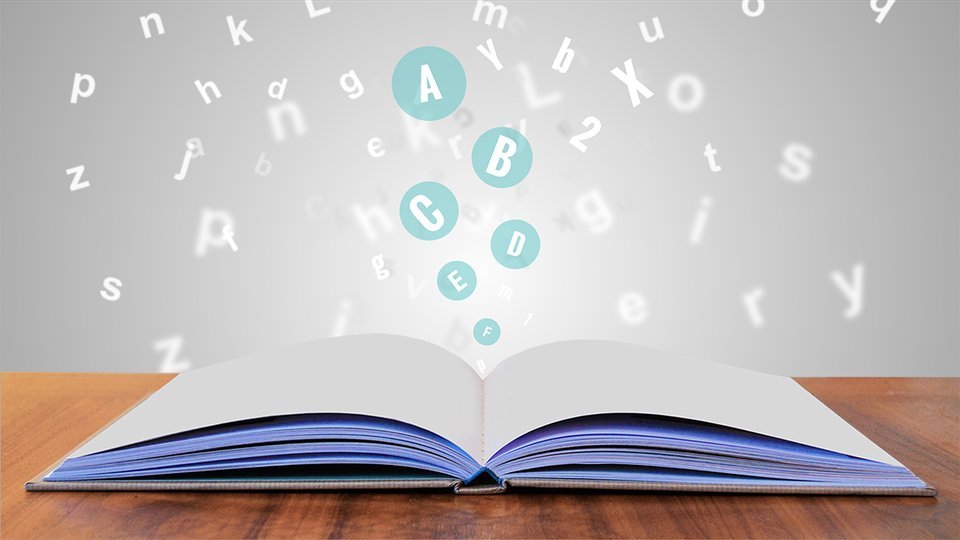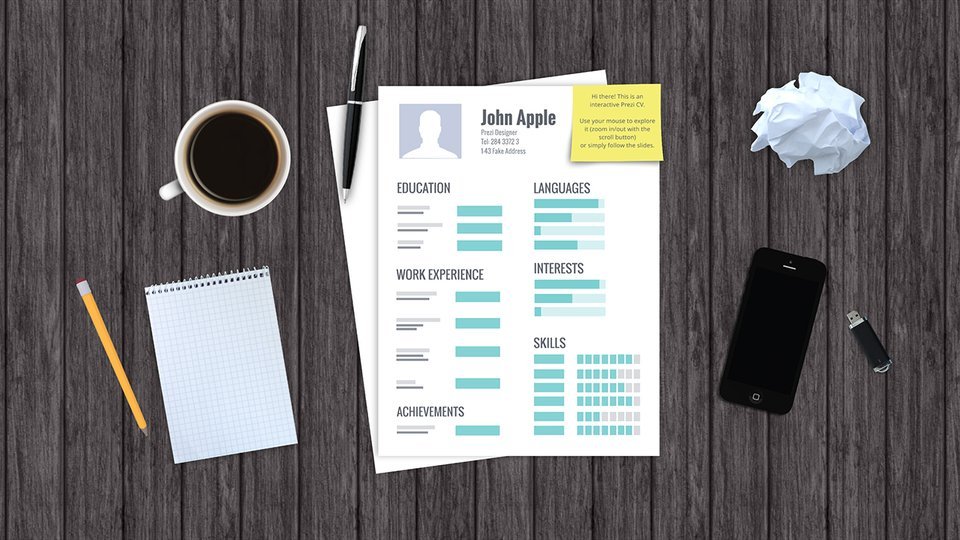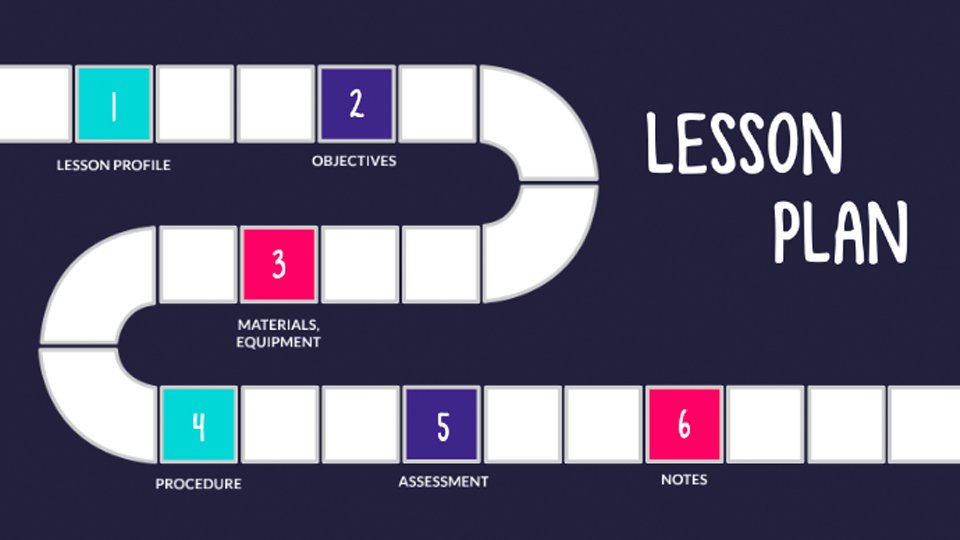Profit and loss
Transcript: PROFIT & LOSS What is profit? Profit is the amount left from sales revenue after deducting the cost of producing or supplying the good or service What is loss? Is when you take away your fixed costs and variable cost from your total amount, and you are left in debt needing to repay the money you have lost throughout a certain period of tim what contributes to profit and loss? sales and revenue: the amount of total money a company takes in a set period gross profit: the amount of profit you have made once you have taken away your costs of goods from your sales cost of goods: the amount of money it has cost the business to produce or buy the products they have sold expenses : they are overheads (fixed costs) that have to be paid for e.g. rent, wages, electricity etc Why is this important to a business? Profit and loss is important to a business because you can see if you are having a successful or a failure to the business in a certain mouth so you will be easily see what you can do next month to improve the business and make sure you will be making money To find out how to work out the Gross profit you take away the sales revenue from cost sales Net profit you take away gross profit from expenses If you find that there's a negative in front of the net profit you have made a lost if there is a postitive number you have made a profit Questions: 1. What are expenses? 2. How do you calculate net profit? 3. Why do we use profit and loss? 1. expenses are overheads (fixed costs) that have to be paid for e.g. rent, wages, electricity etc January 2009 February Sales revenue £80,000 £40,000 Costs of sales £50,000 Gross profit £10,000 Expenses £20,000 £15,000 Net profit £10,000 2. to calcualte net profit you take away gross profit from expenses How do you work out if your business is making profit or a loss? Mark scheme January 2009 February Sales revenue £80,000 £40,000 Costs of sales £50,000 £30,000 Gross profit £30,000 £10,000 Expensive £20,000 £15,000 Net profit £10,000 -£5,000 3. We use profit and loss to calculate how much income a company has produced over a certain period of time and how much money they have lost over that certain period Here is a ice cream shop finances Here is a ice cream shop finances BY OLIVIA AND CIARA Here's an example Fill out the missing spaces








